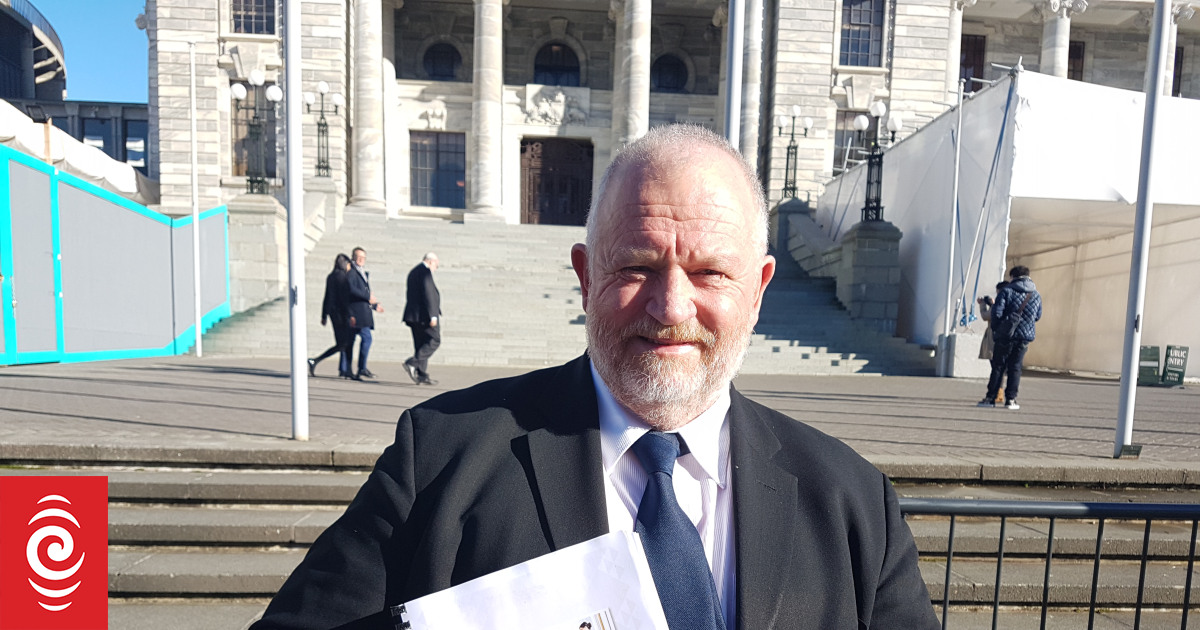Rangatahi with disabilities have worse health outcomes than their able-bodied peers, researchers have found.
Longitudinal study Growing Up in New Zealand – involving about 4400 12-year-olds and their whānau – found disabled youth repeatedly showed poorer outcomes than their peers without disabilities.
The disabled 12-year-olds surveyed reported having “low quality of life” almost twice as often as their able-bodied peers, and were three times more likely to report being in “poor health.”
Lead researcher Dr Emma Marks, a research fellow at the University of Auckland, said governments must prioritise improving the situation.
READ MORE:
* Wellington football team makes first mark at World Special Olympics
* Disabled 6-year-old denied government support to play with his friends at school
* Canterbury solo mum has to fight every day for her ‘sassy’ 2-year-old son, Alfie
Previous national research suggests some 11% of Kiwi youth are disabled. The new findings suggest that figure could be up to three times higher.
Researches posed questions to rangatahi and their parents to get an approximate figure on the number of rangatahi suffering from a disability.
Researchers asked the 12-year-olds themselves about their impairments; they also asked their parents, and joined the two responses together to arrive at a figure.
The portion of rangatahi with a disability – including learning disabilities and neurodiversity – could be 24.5%, Marks said.
“That’s a much bigger group who are potentially impacted in some way,” Dr Marks said.
When that group was assessed for their health and wellbeing outcomes, their engagement at school or their relationships with their friends, the answers were the same.
“They were always poorer for those people,” Marks said.
“Even when you take a broad definition of disability, it’s a bigger group of kids who are clearly not thriving compared to their peers.”
Stuff
With over a third of surveyed students saying they were disabled in some way, researchers say urgency is needed to support them and their families.
Nearly 10% of parents of a disabled rangatahi surveyed reported their child needing a doctor’s appointment within the past year but didn’t manage to get one, compared with 5.5% of parents of an able-bodied child.
More often than not, they couldn’t get the appointment soon enough.
Using a mental health scoring system, disabled rangatahi also showed higher rates of depression and anxiety compared to their able-bodied peers. This exercise didn’t include those who had been diagnosed with depression and/or anxiety.
More disabled rangatahi identified as transgender, nonbinary or unsure of their gender, and more were Māori or Pasifika too, the survey found.
Disabled rangatahi were more likely to be in poor housing, experience housing instability, and face material hardship, the researchers said.
The researchers are yet to compare intersections across groups, but when the research material becomes public at the end of the month anyone interested could investigate, Marks said.
“Those research questions are really important, and I would love to be able to delve more deeply,” she said.
Supplied
Sam and Donna Enticott with their dog Georgie. Sam is 14 and has dyslexia and ADHD, and shared his experience of school and life with Stuff.
For the Enticott family, the intersections are clear: 14-year-old Sam Enticott’s dyslexia and ADHD is hard to separate from his anxiety.
His family has spent tens of thousands of dollars on getting Sam diagnosed and supported, starting when he was seven and struggling to keep up at school.
“My teachers could tell something was off with my learning,” Sam said, speaking to Stuff with his mother, Donna Enticott.
He was diagnosed with dyslexia while at primary school but not diagnosed with ADHD until 2022, in his first year of high school – after two years of intermediate that largely happened at home, in lockdown.
“He wouldn’t sit still, he wouldn’t work, he would have these big meltdowns,” Donna said.
“We thought it was because of at home learning, because we were all stressed. But when he started high school, the transition back to school plus puberty, anxiety, the ADHD… it all came to a head.”
Sam saw a therapist who took two sessions to say ADHD was likely behind his issues. Then it took three months to see a private psychologist for a diagnosis, and another two months to see a psychiatrist who could prescribe treatment.
It then took months – and lots of money – to secure Sam an in-class teacher aide, and tutoring outside of school.
“I had to fight and fight and fight for Sam,” his mother said.
Now in year 10, Sam finds classwork – particularly science and maths – draining.
“I come home exhausted, and I don’t want to [do work] and I always come up with thoughts that this is going to go wrong because I am not thinking right,” Sam said.
“I don’t want to be behind, it’s painful to be behind. It’s upsetting when I get called out by name for answers.”
The ADHD medication he takes means he can’t always keep weight on, so he’s had to drop some of the sports he loves and pick up other activities like robotics and board games, Donna said.
It’s school that’s the big struggle, the two agreed.
“We don’t worry for Sam’s future because we can see all of these assets he has in his neurodiversity and the way his brain works,” Donna said.
“It’s just getting him through the education system intact.”
Sam is in the pilot cohort of the Growing Up in New Zealand study, so is slightly older than the rangatahi surveyed for the latest research ‘Now we are Twelve’.




